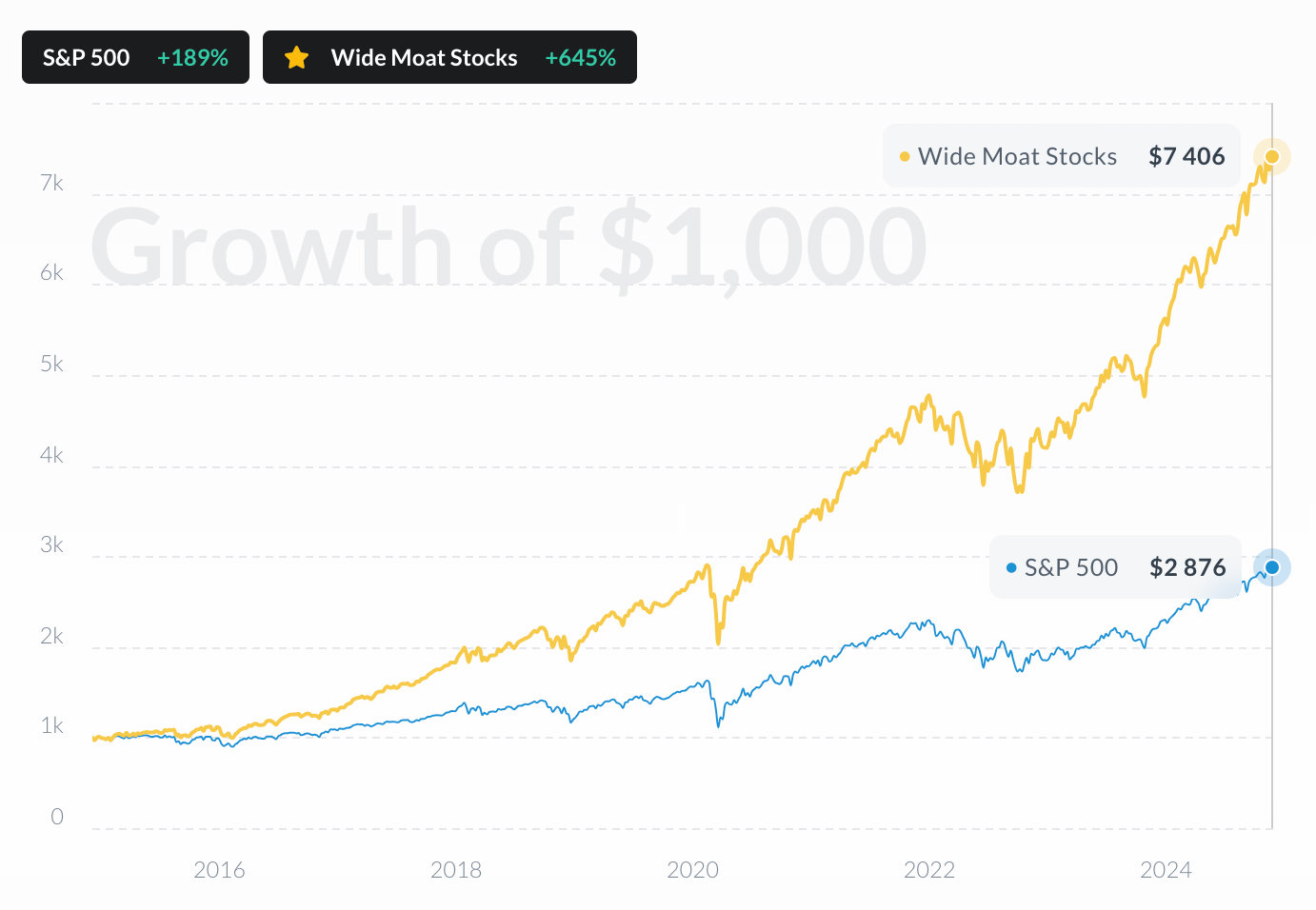 JNJ
vs
JNJ
vs
 S&P 500
S&P 500
 JNJ
JNJ
 S&P 500
S&P 500
Over the past 12 months, JNJ has significantly outperformed S&P 500, delivering a return of +41% compared to the S&P 500's +14% growth.
Stocks Performance
JNJ vs S&P 500

Performance Gap
JNJ vs S&P 500

Performance By Year
JNJ vs S&P 500

Compare the stock's returns with its benchmark index and competitors. Gain insights into its relative performance over time.
Johnson & Johnson
Glance View
Founded in 1886, Johnson & Johnson began its journey with a commitment to revolutionizing healthcare, starting with the sterile surgical dressings it produced to reduce infections in hospitals. Over the decades, this vision expanded into a global healthcare powerhouse, intricate in its operation yet unified in its mission to improve lives. Johnson & Johnson's business model is built on three core segments: pharmaceuticals, medical devices, and consumer health products. Each segment harnesses the synergy of innovation, research, and a deep understanding of customer needs. The pharmaceutical division, one of its most robust, thrives on producing treatments for various medical conditions, including immunology, oncology, and neuroscience. It is in this domain that cutting-edge research and development efforts translate into high-margin therapies, driving substantial portions of the company's revenue. Beyond pharmaceuticals, the medical devices segment forms a pillar of Johnson & Johnson's operations, offering a spectrum of products essential for surgeries, orthopedics, and vision care. These devices are integral for modern healthcare practices, with their premium positioning contributing significantly to the company’s financial health. Meanwhile, Johnson & Johnson's consumer health division addresses everyday wellness needs, with iconic brands like Band-Aid, Tylenol, and Neutrogena. This segment leverages global brand recognition and trust to generate steady, albeit lower-margin, income streams. Together, these segments compose a diversified revenue platform, buffered against sector-specific downturns and positioning Johnson & Johnson as a formidable entity in global healthcare markets.



































